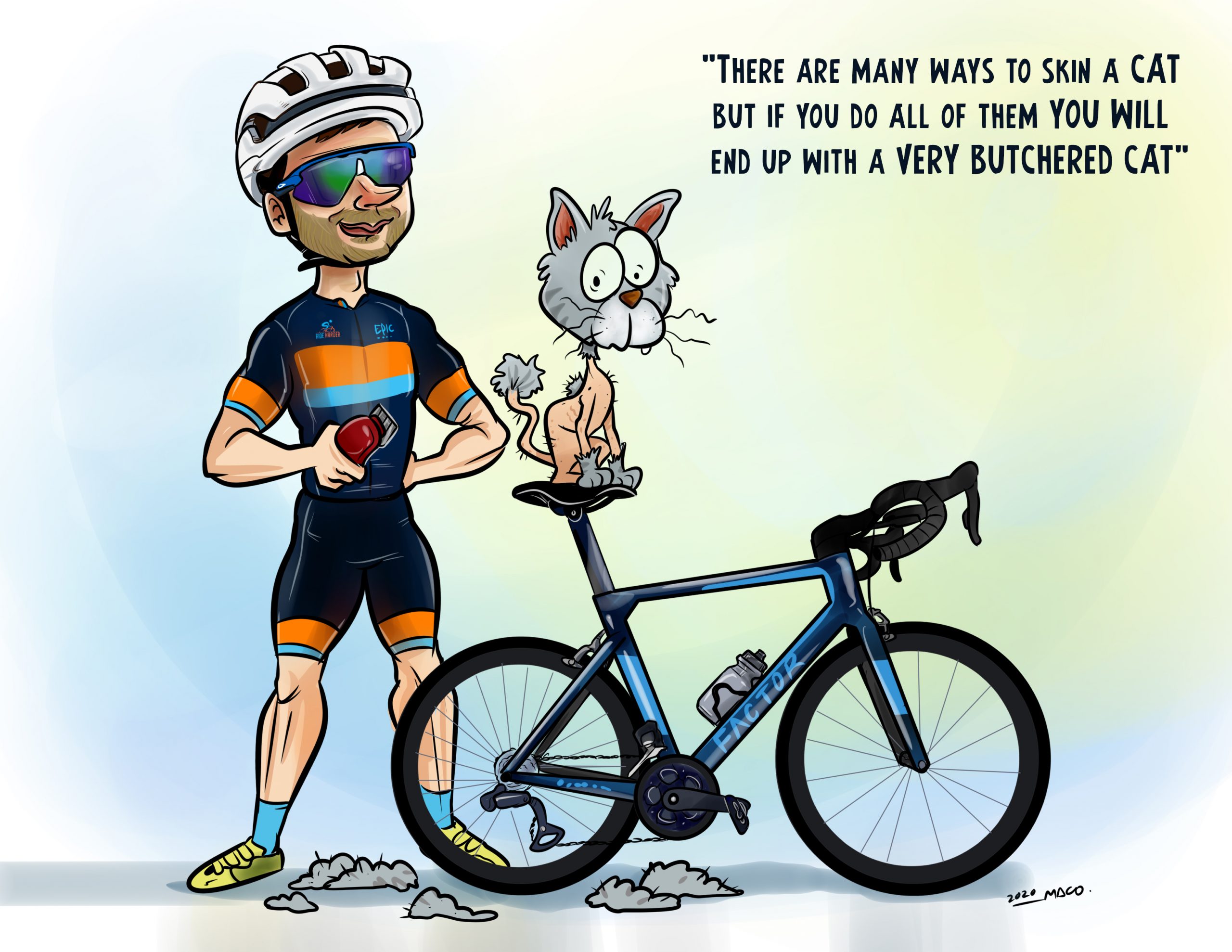Cycling is a fantastic way to stay fit, explore the outdoors, and enjoy the freedom of movement. However, like any physical activity, it comes with its share of potential injuries and discomforts. One common issue cyclists may encounter is something called “spring knee”. In this blog, we’ll delve into what spring knee is, its causes, and most importantly, how you can prevent it.
What is Spring Knee?
Spring knee, also referred to as patellar tendinitis or jumper’s knee, is a condition characterised by pain and inflammation in the patellar tendon. This condition often arises due to repetitive stress or overuse of the knee joint, common cycling.
Causes of Spring Knee in Cycling:
- Overuse: Cycling involves repeated flexion and extension of the knee joint, which can strain the patellar tendon over time, leading to inflammation and pain.
- Improper Bike Fit: A bike that is not properly adjusted to your body proportions can place excessive stress on the knees, exacerbating the risk of developing spring knee.
- Sudden Increases in Intensity or Duration: Pushing yourself too hard, too quickly, especially without proper conditioning, can overload the knee joint and contribute to the development of spring knee.
- Poor Pedaling Technique: Incorrect pedaling mechanics, such as pushing too hard on the pedals with the toes or excessively high gear ratios, can strain the knee joint and increase the risk of injury.
Improve your Pedal Technique here
Tips to Avoid Spring Knee:
- Proper Bike Fit: Ensure that your bike is adjusted correctly to fit your body dimensions. This includes saddle height, saddle fore-aft position, and handlebar reach. A professional bike fitting can help optimize your bike setup for comfort and performance while minimizing the risk of injury.
- Gradual Progression: Avoid sudden increases in training intensity or duration. Instead, gradually build up your mileage and intensity over time to allow your body to adapt and strengthen gradually.
- Cross-Train: Incorporate cross-training activities into your routine to improve overall strength and flexibility, particularly focusing on muscles around the knee joint, such as quadriceps, hamstrings, and calf muscles.
- Pedaling Technique: Pay attention to your pedaling technique. Aim for a smooth and fluid pedal stroke, applying pressure evenly throughout the entire revolution rather than relying excessively on one part of the pedal stroke.
- Warm-Up and Cool Down: Always start your rides with a proper warm-up to prepare your muscles and joints for exercise. Similarly, finish with a cooldown period to help prevent stiffness and promote recovery.
- Listen to Your Body: Pay attention to any signs of discomfort or pain in your knees. If you experience persistent pain or swelling, it’s essential to rest and seek professional medical advice to prevent further injury.
How to set up your road bike in 5 easy steps

Want to learn to train smarter so that you don’t get injured?
The Ride Harder Plan has been designed to give you all the sessions needed to improve your technique. It progresses with a safe ramp to ensure you don’t suffer any overuse injuries!
A new and improved version is now available!
Conclusion:
Spring knee can be a frustrating and painful condition for cyclists, but with the right approach, it’s often preventable. By ensuring proper bike fit, gradually increasing training load, focusing on technique, and prioritizing strength and flexibility, you can minimize the risk of developing spring knee and enjoy many more miles on the bike without discomfort. Remember, taking care of your body is essential for long-term enjoyment of cycling and overall health. Happy riding!








